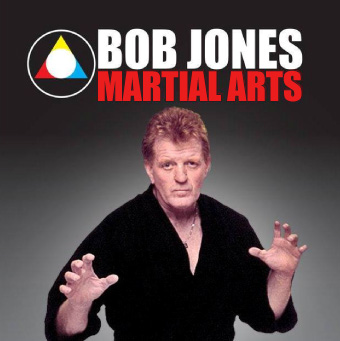TRAINING SKILLS
THE BJMA ESKRIMA CURRICULUM INCORPORATES:
Single and Double Stick
Staff
Palm Stick and Dagger training
Competition Stick Fighting Tournament applications
Close Quarter trapping
Sensitivity and Contactive Reflex training
Joint Locking, Groundwork and Controlling applications
12 AREAS OF FILIPINO MARTIAL ARTS TRAINING
In total, Filipino Martial Arts are usually considered to have 12 areas of training:
Single Stick or Long Blade
Double Stick or Blade
Single Dagger
Double Dagger
Stick & Dagger or Sword & Dagger
Palm Stick or Double Ended Dagger
Empty Hand (Punching – Kicking – Grappling)
Spear or Staff (Long 2 Handed Weapons)
Flexible Weapons (Whip – Belt)
Throwing or Missile Weapons
Projectile Weapons (Bows – Blowguns)
Spiritual & Healing Arts
Generally, few styles if any will teach all 12 areas, with most teaching around three to nine areas within their curriculums.
Contrary to the majority of other martial arts, training in the Filipino Martial Arts begins predominantly with the weapons and empty hand techniques following after. This is simply because they are Warrior Arts(arts intended for the battlefield), thus there was no intention of going in empty handed against armed enemies – it was necessary to be armed and proficient in the handling of weapons. Plus, the fact of carrying daggers or machetes was part of the traditional Filipino way of living their daily lives.
In times of war, there was no time for philosophy, it was necessary to fight and survive – the Filipino warriors could never philosophize too much for the simple reason being that they were almost constantly at war – either domestic or foreign, or both simultaneously.
Thus, in the Filipino Martial Arts, when speaking about physical confrontation, one is equating that to several armed, skilled adversaries. Therefore, the need must also be to be armed and skilled in the use of weaponry, with the consideration being that during combat we may lose our weapon or not have it, then we go to empty hands.
Filipino styles normally classify attacks not by their weapon, or their delivery style, but by the direction of the energy. A punch to the abdomen is treated much the same way as a straight dagger thrust to that region would be. Practioners learn how to deal with the energy of the attack, and then apply that knowledge to the slight variations that come with different lengths and types of weapons.
With this in mind, the modern eskrimador must be adaptive to the environment and tools at hand at any given time, under any given circumstances. Creating weapons from the immediate environment enables one to turn a chair, a glass, a rolled newspaper, an umbrella, a video case, a handfull of dirt or a few coins into weapons or self-defence tools.
A distinctive feature of all Filipino Martial Arts is their use of geometry. In strikes, defences and movement, line and angles are very important. In addition, the independent use of the hands, or hands and feet, to do two different things at the same time are the high-level skills of a trained practioner of Filipino Martial Arts.
Filipino arts place great emphasis on footwork, mobility and body positioning. The same concepts (of angles of attack, deflections, traps, passes, etc.) are applied to similar situations at different ranges, making the understanding of ranges and how to bridge them very important. The Filipinos make extensive use of geometric shapes, superimposing them on a combat situation, and movement patterns, to teach practioners to use their position and their movements to their best advantage.
The paradox of eskrima training is that the practioner trains with weapons, to develop an expertise in the understanding of self-defence against weapon attacks – one cannot simply seek “self-defence”, self-defence thought of as some vague collection of techniques which can enable you by luck to survive an encounter. To defend oneself against a dagger attack, the practitioner will initially learn how to handle a dagger, then how to protect their vital areas, to defend against the various angles of attack, to anticipate the reactions of the adversary, and so on. The realisation soon becomes that although a punch will simply hurt, attacks with sticks, machetes, daggers, syringes or improvised weapons can be lethal – there can be no half measures in the application of your defence.


 Find us on Facebook
Find us on Facebook